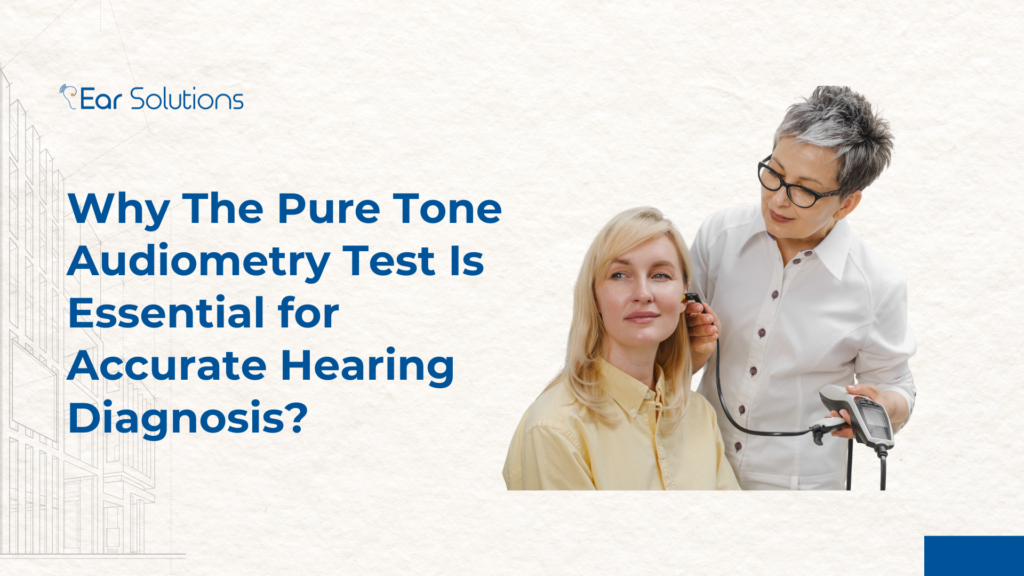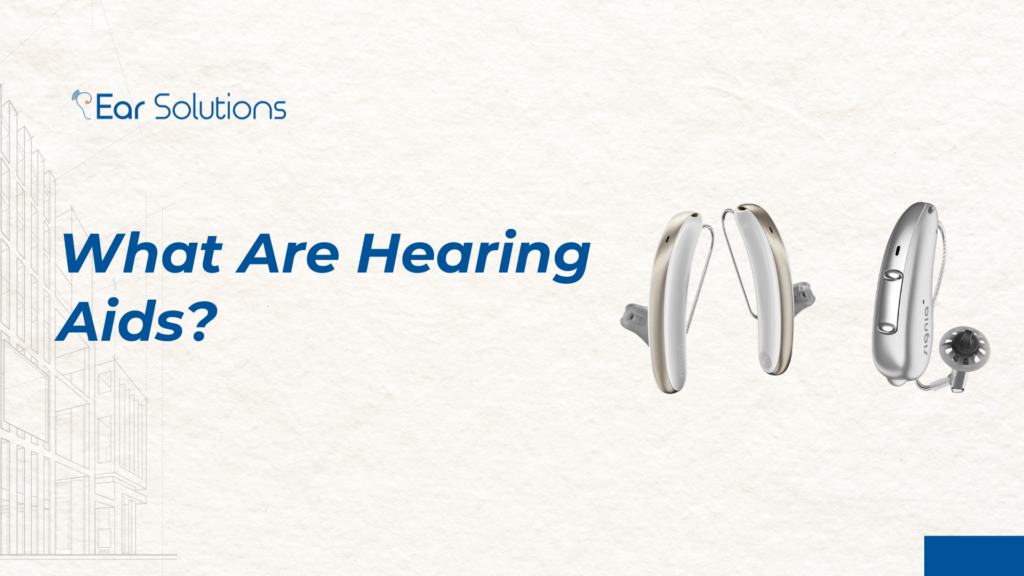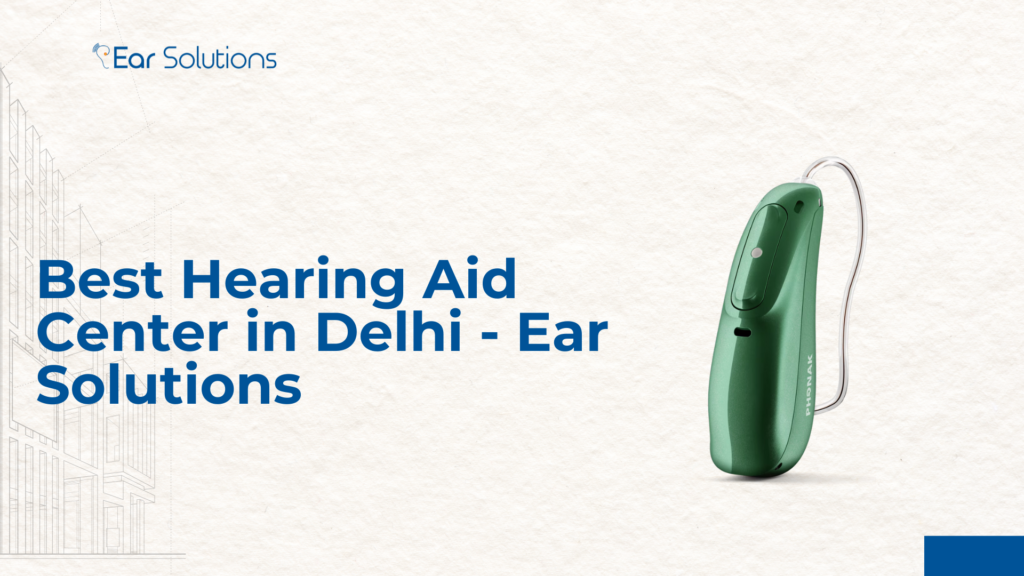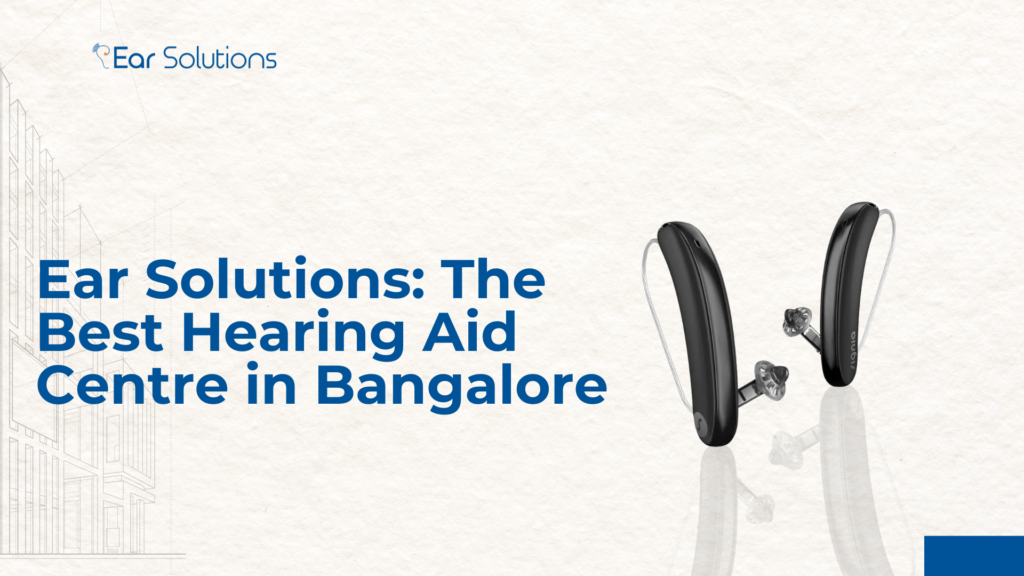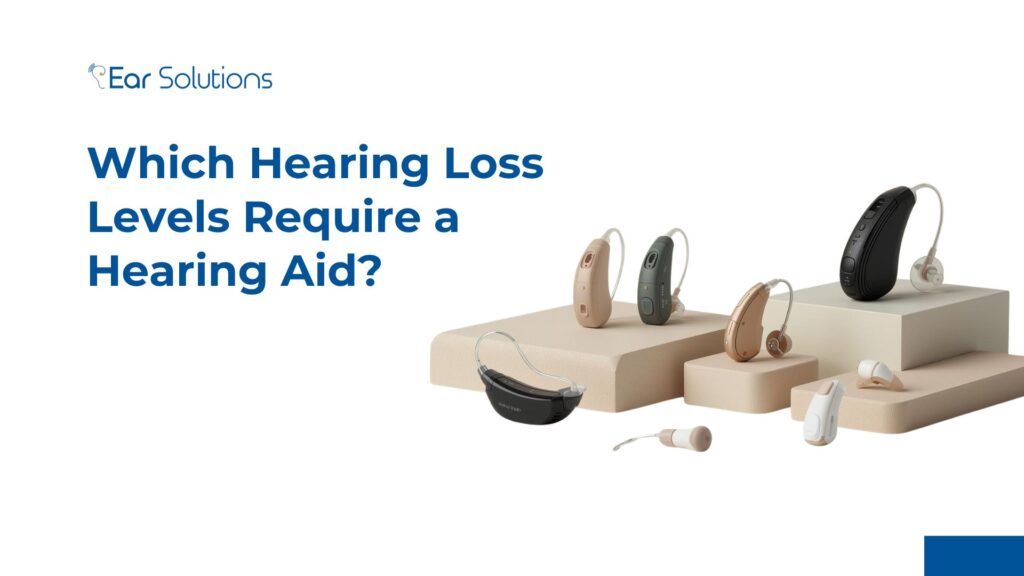🕒 3 minutes readWhen it comes to diagnosing hearing loss accurately, the Pure Tone Audiometry (PTA) test plays a crucial role. Whether you’re experiencing difficulty hearing conversations, missing high-pitched sounds, or facing ear discomfort, a PTA test for the ear is often the first step recommended by an audiologist near me. This hearing test helps identify the exact type and level of hearing loss, ensuring that you receive the most effective treatment or the right hearing aids.
🕒 4 minutes readHearing loss can be distressing, and if not treated on time, it can become worse. This problem affects millions of people around the world, making it difficult to enjoy conversations, music, or even simple daily sounds. Fortunately, modern digital hearing aids have revolutionised how we manage hearing difficulties. But what exactly are hearing aids, and how do they work? Let’s explore everything you need to know about these smart, life-changing devices.
🕒 2 minutes readHearing aids are not just amplifiers of sound. Modern Hearing aids are reduce background noise, connect wirelessly to smartphones, and can even help manage tinnitus. However, if you want to find an ideal hearing aid for your condition, you need to consult a professional audiologist. If you are in the capital city, Delhi, Ear Solutions is the most credible hearing aid centre to visit. In this blog, we will discuss why Ear Solutions is recognised as the best place to purchase hearing aids in Delhi.
🕒 3 minutes readModern-era hearing aids are much more than mere sound amplifiers. These smart devices help reduce background noise, connect directly to a smartphone via Bluetooth, and can be equipped with tinnitus masking functions for added comfort. An expert audiologist will have extensive knowledge of hearing aids and will be able to help you decide which type is right for your lifestyle. For complete consultation and hearing care services in Bangalore, visit Ear Solutions – one of the most trusted hearing aid centers for all ear-related problems.
🕒 3 minutes readMillions of people worldwide face hearing loss, and its impact can range from mild difficulty in conversations to complete hearing loss. But people do ask me the same question all the time: What level of hearing loss requires a hearing aid?
The first step towards better hearing health is knowing which level of hearing loss you have. In this blog post, we’re going to discuss the levels of hearing loss, how exactly a hearing aid works, as well as how to select the right one for you, and the average cost of hearing aids in India.
🕒 3 minutes readExercise is a key part of a healthy lifestyle, and many people enjoy running or cycling. However, the use of hearing aids during exercise can occasionally lead to ear infections if proper care is not taken, making it an ideal setting for infections. Sweat, moisture, and the accumulation of bacteria in the ear canal can cause a lush breeding ground for infections. The good news is that by taking a few precautions, you can increase the chances of being fit, not feeling pity for your ears.
🕒 3 minutes readHearing aids are life-changing devices, but accessories make them even more powerful, comfortable, and user-friendly. From boosting sound quality in noisy environments to ensuring long-lasting performance, the right hearing aid accessories enhance both comfort and connectivity. Whether you’re working, traveling, or simply enjoying music at home, these add-ons can transform your listening experience.
🕒 2 minutes readWhen an individual begins their search for a hearing aid, most start by asking this common question: “How much does a hearing aid cost?” Price matters, but it should not be the only recommendation. The reality is that the effectiveness of a hearing aid correlates far less with its price than with how well the device is fit and programmed for your individual hearing loss.
🕒 3 minutes readSignia’s advancements in hearing aid technology have reshaped the lives of multiple hearing loss patients. In 2025, Signia continues to lead the way in hearing technology, offering an impressive range of hearing aids tailored to different levels of hearing loss, lifestyle preferences, and cosmetic expectations. With cutting-edge features like AI-powered speech enhancement, wireless connectivity, and rechargeability, Signia hearing aids are highly recommended by audiologists across India and the world.
🕒 2 minutes readWhen it comes to advanced hearing technology, Phonak stands out as one of the most reliable and trusted brands globally. Known for innovation, comfort, and performance, Phonak hearing aids are widely used in India across different age groups and hearing needs.
Here’s a breakdown of the top 4 Phonak hearing aid machines available in India, covering their features, prices, and who they’re best suited for, so you can make the right choice for yourself or a loved one.
🕒 4 minutes readFor many people with hearing loss, one of the most important concerns while choosing a hearing aid is its visibility. No one wants their hearing aid to become a topic of unnecessary attention. That’s where invisible ear machines or IIC (Invisible-in-the-Canal) hearing aids come in. These modern, sleek devices offer powerful performance while staying completely hidden inside the ear
🕒 4 minutes readRIC hearing aids are comfortable, discreet and full of advanced features! This isn’t enough information to convince anyone to purchase an RIC hearing device. In this blog post, we will explore some of the advanced specifications of RIC hearing aids. We’ll provide a complete overview of why you should choose an RIC hearing aid, its features, benefits, and whether it’s the right fit for your hearing needs.


